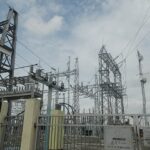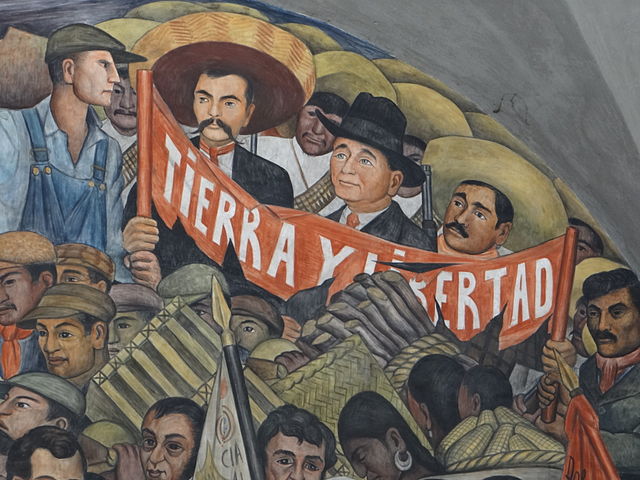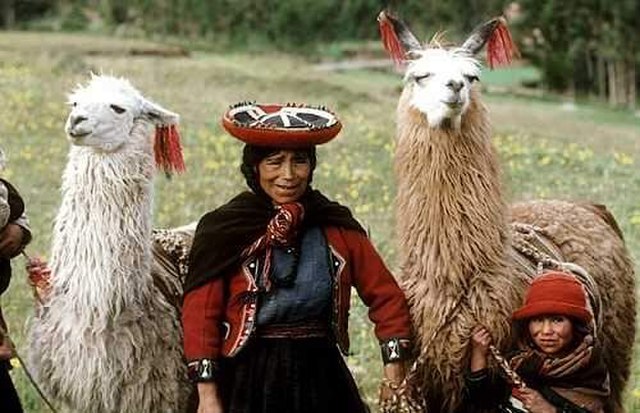Language and painting, two distinct forms of human expression, have captivated individuals throughout Latin America’s rich artistic heritage. While language employs words and speech to convey meaning, painting utilizes visual elements to evoke emotions and narratives. The dynamic interplay between language and painting in Latin American art has shaped and enriched the world of visual expression.
Language, with its power to articulate thoughts and emotions, has played a fundamental role in providing narratives and contexts to Latin American paintings. Artists draw inspiration from the diverse linguistic traditions, literature, poetry, and indigenous wisdom, incorporating them into their visual creations. The written and spoken word, deeply rooted in the region’s cultural fabric, inspires painters to translate linguistic narratives into captivating visual stories that celebrate Latin American identities, histories, and struggles.
For instance, during the Mexican Muralism movement of the early 20th century, artists such as Diego Rivera, José Clemente Orozco, and David Alfaro Siqueiros were deeply influenced by the language of social justice and revolution. Their monumental murals depicted historical events, indigenous cultures, and the struggles of the working class, amplifying the voices of marginalized communities through the universal language of visual art.
Moreover, language has influenced Latin American painting by evoking emotions and conveying the nuances of the human experience. Poets, writers, and oral traditions have captured the depth and complexity of Latin American emotions, which painters strive to express through color, composition, and brushwork. From the vibrant colors of Frida Kahlo’s self-portraits, reflecting her introspection and personal journey, to the surreal landscapes of Remedios Varo and Leonora Carrington, inspired by magical realism, Latin American painters have drawn upon language’s ability to evoke and convey powerful emotions.
Language also plays a significant role in the conceptualization and interpretation of Latin American paintings. Artists engage in written dialogues, manifestos, and poetic expressions to articulate their artistic visions, explore socio-political ideas, and challenge established norms. These written records provide insights into the artist’s thoughts, intentions, and motivations, enhancing our understanding of their works. The theoretical writings of Latin American art movements, such as the Brazilian Neo-Concrete movement or the Argentine Madí group, illustrate the intersection of language and painting, reflecting the intellectual discourse that surrounds visual art in the region.
Furthermore, language influences Latin American painting through the titles and captions assigned to artworks. Artists often employ poetic or evocative titles, infused with local idioms and cultural references, to provide additional layers of meaning and context. These titles invite viewers to engage with the artwork on a deeper level, incorporating cultural, historical, or political subtexts that enrich the overall experience.
In conclusion, the convergence of language and painting in Latin America reflects a vibrant and diverse artistic tradition. Through the influence of language, Latin American painters have found inspiration, given voice to marginalized communities, and enriched their visual expressions with deep emotional resonance. The interplay between language and painting continues to shape the region’s artistic landscape, fostering a harmonious dialogue that transcends borders and celebrates the power of human expression in Latin America.










